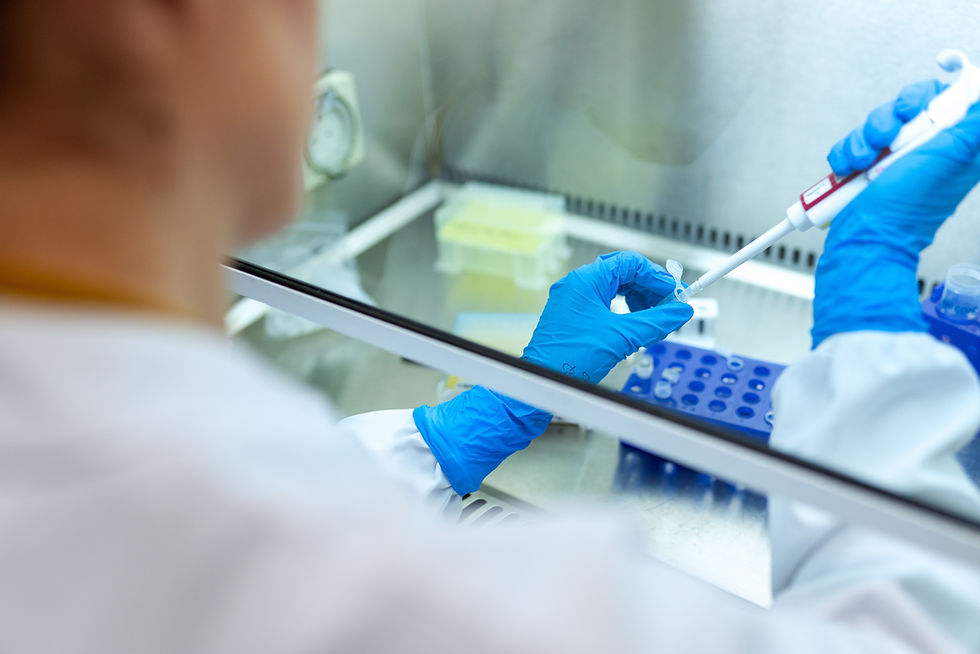I will always remember the first time I was working in a lab (relatively) independently, as a student. It was after I figured out that while being able to see the methods and techniques taught in class lab work, it would be quite difficult to get a lot of actual hands on experience.
My solution: I somehow managed to get accepted to work (for free) in a lab! Among other things, they also worked on growth characteristics of microbes, which are used in various applications, such as antibiotic discovery, characterization of microbial isolates, bioremediation capabilities etc., and I had the opportunity to go through the whole process of recombinant protein production - the exact function or use of my specific protein slipped my mind, but I am very sure it was important!

Opportunities like this are amazing and worthwhile. Setting up and later managing all parts of the workflow, while working with other talented people in the lab, gives you skills and know-how, typically not found in classrooms.
After finishing the project, I remember thinking about which parts of the process could use improvements for better quality of life around the lab. I remember the number of flasks I filled with growth medium and inoculated for growth curve analysis was quite high, which made me wonder whether there were any advances, in the last years, to the constant routine of:
1. stop shaker,
2. take sample,
3. start shaker,
4. carry sample to absorbance reader,
5. wait for colleague, who suddenly appears to finish his »urgent« readings,
6. place sample in blanked reader and record OD,
7. repeat 1-6 in 15/30/60/x minutes until your microbes stopped being alive as much (a.k.a. the death phase).
Traditionally, optical density measurements were performed in 1 cm cuvettes, most often at 600 nm, (a proxy for turbidity), with samples taken from Erlenmeyer flasks, over the course of a few hours or days. This provided data on lag time, log phase and stationary phase.
Because researchers are always looking for better reliability, performance, data quality and ease of use, companies are always searching for ways to improve their systems. With this in mind, Biotek has released LogPhase 600, the first and only microplate reader, dedicated to microbial growth analysis, addressing the constraints of the traditional methods and improving upon other existing microplate readers, with the capacity for four microplates.
The system was designed for optimal mixing for aeration and maintaining of cell suspension, with optimized incubation for consistent temperature control (11 independent thermistors, condensation control) and targeted, powerful software. LogPhase 600 delivers the highest data quality, reliably, and consistently for four microplates at a time.
This would have really saved some time in my case!
You can read more about the technical specifications or other advantages of the LogPhase 600 on the Biotek website: https://www.biotek.com/products/microplate-readers-multi-mode-and-absorbance-readers-multi-plate-absorbance-reader/logphase-600/
Application notes regarding monitoring of bacterial growth can also be found:
Monitoring Bacterial Growth under Different Environmental Conditions
Monitoring Growth of Suspension Cultures in Microplates
Simon Fekonja, MSc of Biotechnology.



Comments